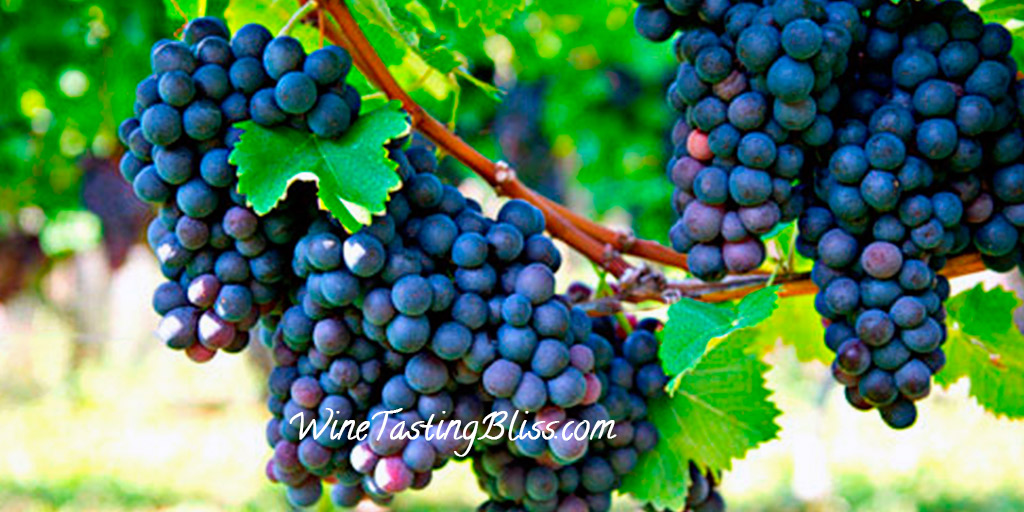The Petit Verdot grape has been around for so long that no one really knows its heritage. It was common in the Bordeaux region long before Cabernet Sauvignon but lacked an effective public relations team to break through to the big time. Through the ages, it has served as a fantastic “bride’s maid” grape to nearly every other varietal. Only a few, brave winemakers attempt a petit verdot solo performance. What makes this grape so challenging?
 We have something of a fascination with the more obscure varietals. Our recent love affair with the montepulciano grape is going very well, thank you for asking. The Petit Verdot (which means little green, thank you high school French class) is slow to ripen, making it more popular in areas with long growing seasons. Although it is called “green” it actually produces a nearly black, small, thick-skinned berry.
We have something of a fascination with the more obscure varietals. Our recent love affair with the montepulciano grape is going very well, thank you for asking. The Petit Verdot (which means little green, thank you high school French class) is slow to ripen, making it more popular in areas with long growing seasons. Although it is called “green” it actually produces a nearly black, small, thick-skinned berry.
Wine made from this grape is challenging to refine. It can produce spicy, oily. smokey or grassy notes that have a hard time building a fan base. That’s why it is typically used to “punch up” meeker varietals, like Cabernet Sauvignon or Merlot. Many times it is part of a Meritage wine, a licensed and highly publicized blend of at least two of these grapes: Cabernet Sauvignon, Merlot, Cabernet Franc, Malbec, Petit Verdot, St. Macaire, Gros Verdot, or Carmenère. Our friends at Murrieta’s Well make a nice version of Meritage, blending 35% Cabernet Sauvignon 25% Petit Verdot, 25% Malbec and 15% Merlot.
 Many of our favorite Livermore wineries (Concannon Vineyard, Crooked Vine Winery, Cuda Ridge, Murrieta’s Well, Occasio Winery, Steven Kent) have used the Petit Verdot grape with great results. Murrieta’s Well produces a Petit Verdot wine that’s nearly straight petit verdot, with only a splash (6% if it matters to you) of Malbec. A wine so fine we have it in our wine rack. We also love the Petit Verdot from Cuda Ridge, but seem to have consumed all of that particular inventory. Another family favorite, Steven Kent has a delicious Petit Verdot, too. Clearly, the Livermore valley climate produces some great petit verdot! Those long, hot summers pay off again.
Many of our favorite Livermore wineries (Concannon Vineyard, Crooked Vine Winery, Cuda Ridge, Murrieta’s Well, Occasio Winery, Steven Kent) have used the Petit Verdot grape with great results. Murrieta’s Well produces a Petit Verdot wine that’s nearly straight petit verdot, with only a splash (6% if it matters to you) of Malbec. A wine so fine we have it in our wine rack. We also love the Petit Verdot from Cuda Ridge, but seem to have consumed all of that particular inventory. Another family favorite, Steven Kent has a delicious Petit Verdot, too. Clearly, the Livermore valley climate produces some great petit verdot! Those long, hot summers pay off again.
So what does the future hold for petit verdot? After generations as a backup performer, it seems to be time for our “little green” berry to step forward and take the solo. Bravo!
About the Author: John grills a mean steak and is always in the market for another wine fridge. Believes that if a winery has more than 10 employees, it's probably too big. Buys wine faster than he drinks it, but who cares?


